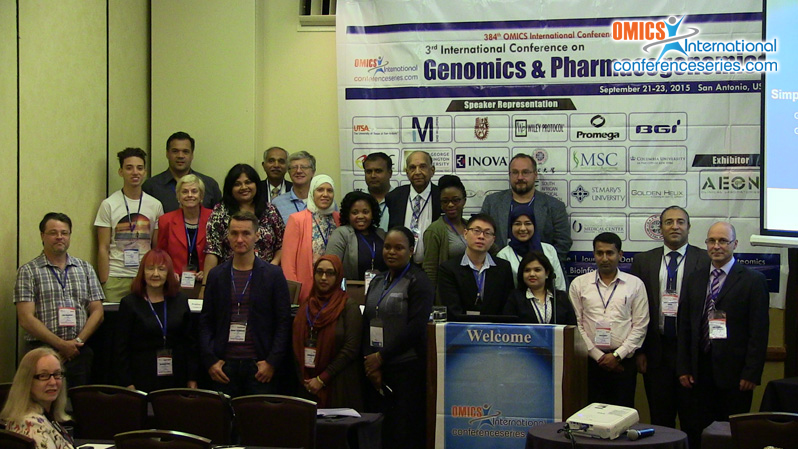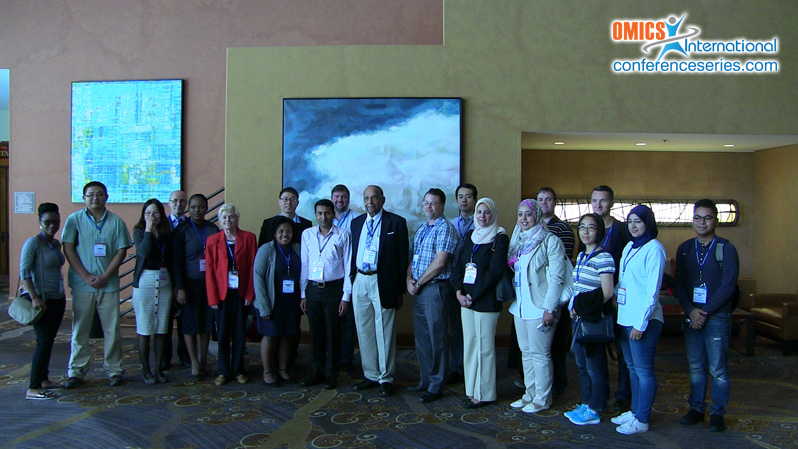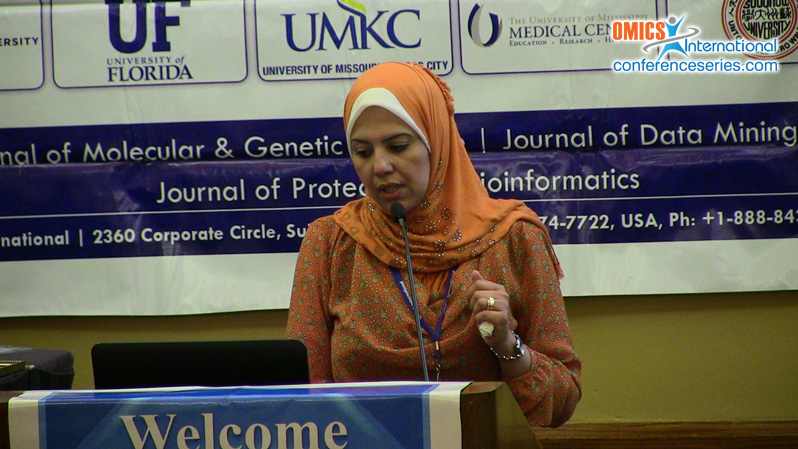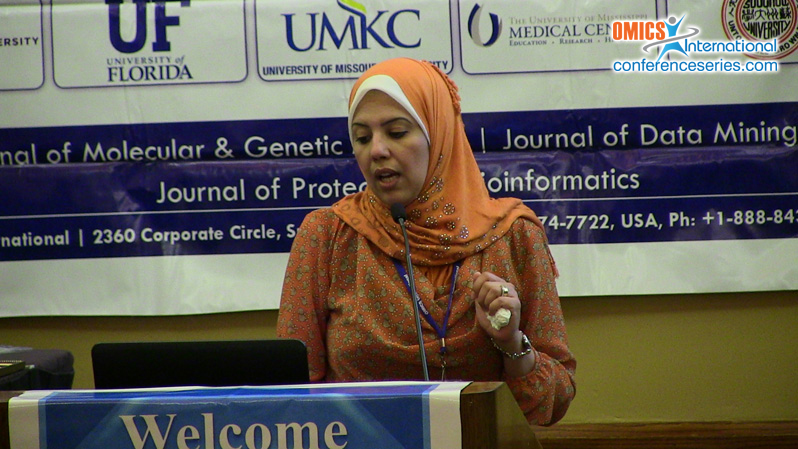
Haidan Mostafa Salem
Cairo University, Egypt
Title: Possible mutagenicity in Ha-Ras gene by TiO2 nanoparticles in mice
Biography
Biography: Haidan Mostafa Salem
Abstract
Increase using of nanoparticles in the industry ranging from health care products to cosmetics to dietary supplements let human exposure to nanoparticles is a driving concern. TiO2 nanoparticles are used in a broad range of applications due to their high stability, corrosion resistance and photocatalytic properties. Recent evidences have shown TiO2 nanoparticles to induce inflammatory and genotoxic response in diff erent animal and human cell lines. However, the mechanisms involved in nano- TiO2 induced genotoxicity and carcinogenicity have not been clearly defi ned and are poorly studied in vivo. Ras gene is a protooncogene that normally regulate the cell proliferation, the aim of the present study is to evaluate point mutation that may be induced by diff erent treatments (acute and sub-acute) and doses of titanium dioxide nanoparticles TiO2 (<100 nm) in testis, lung and kidney of mice in Ha-ras gene exons 2 and 3 (hot spot exons) as an example of oncogenes using PCR-Single-Strand Conformation Polymorphism (SSCP) analysis and sequencing of the mutant samples. Sequencing of mutant samples revealed substitution mutations caused amino acid substitution and insertion mutations caused frame shift and insertion mutations found outside coding sequence. In conclusion, Single Strand Conformation Polymorphism (SSCP) analysis of Ha-ras exons 2, 3 and sequencing studies showed that TiO2 nanoparticles signifi cantly increased the incidence of band alterations and induced diff erent point mutations at diff erent dose levels and treatments in lung, kidney and testis compared to control. Anyway, further investigation should be considered to fi gure out the possible role of long exposure of TiO2-NPs in cancer initiation.
Speaker Presentations
Speaker PPTs Click Here





